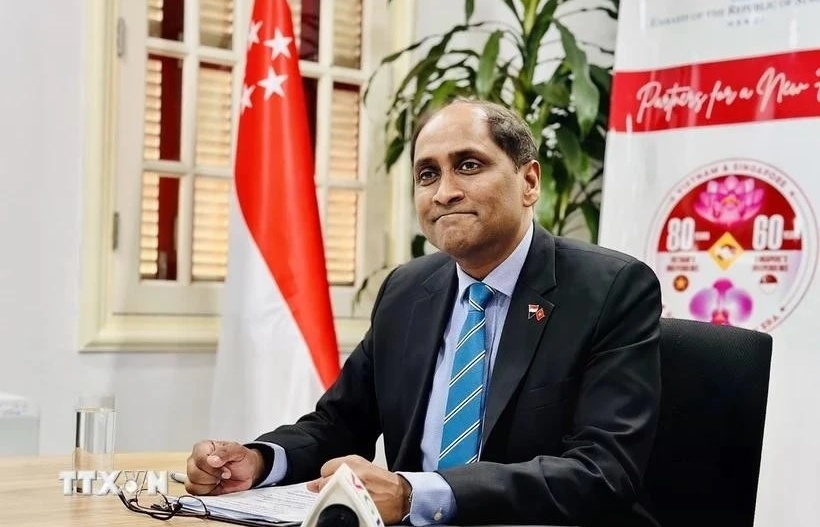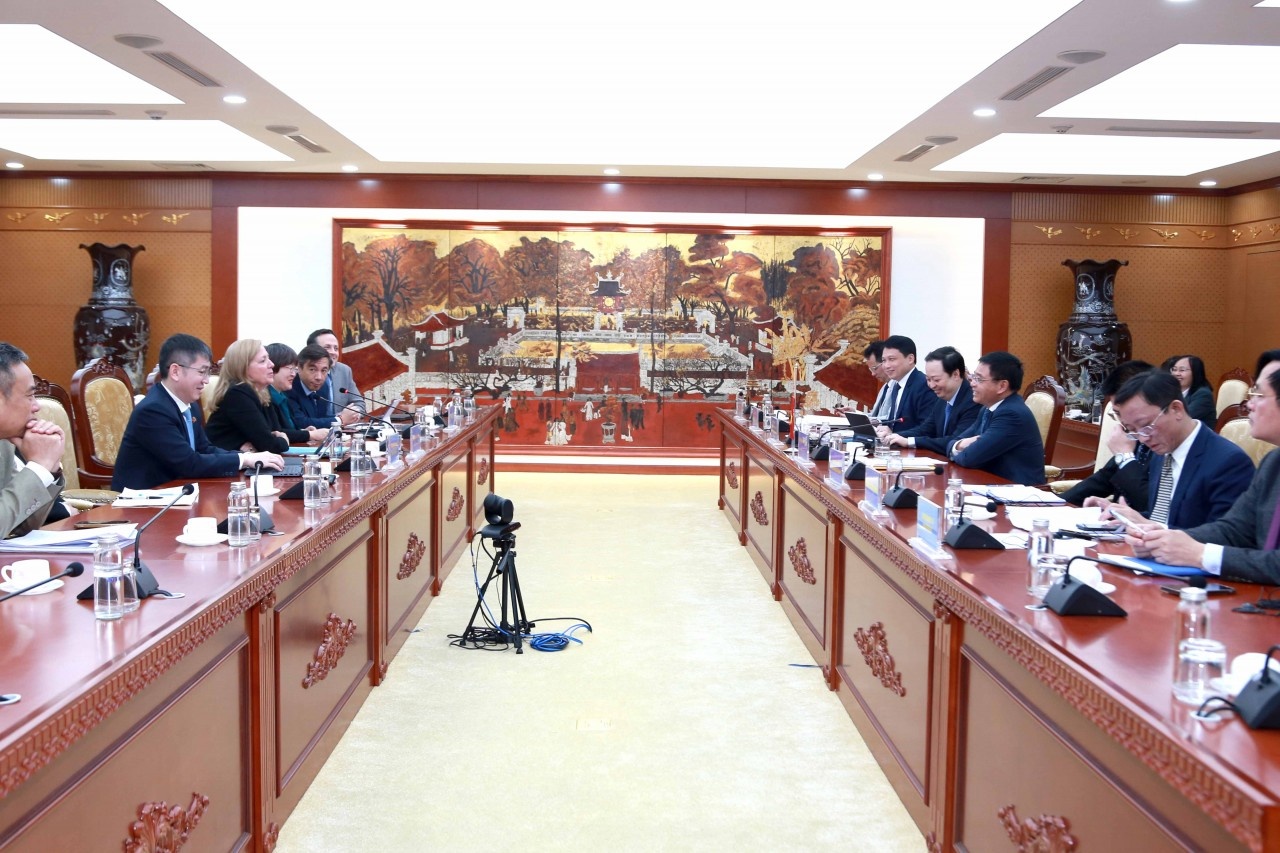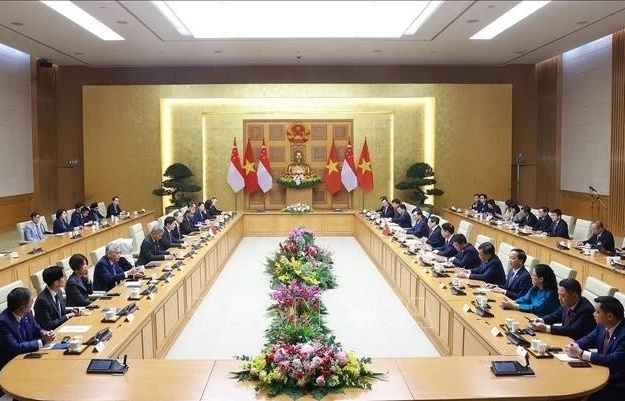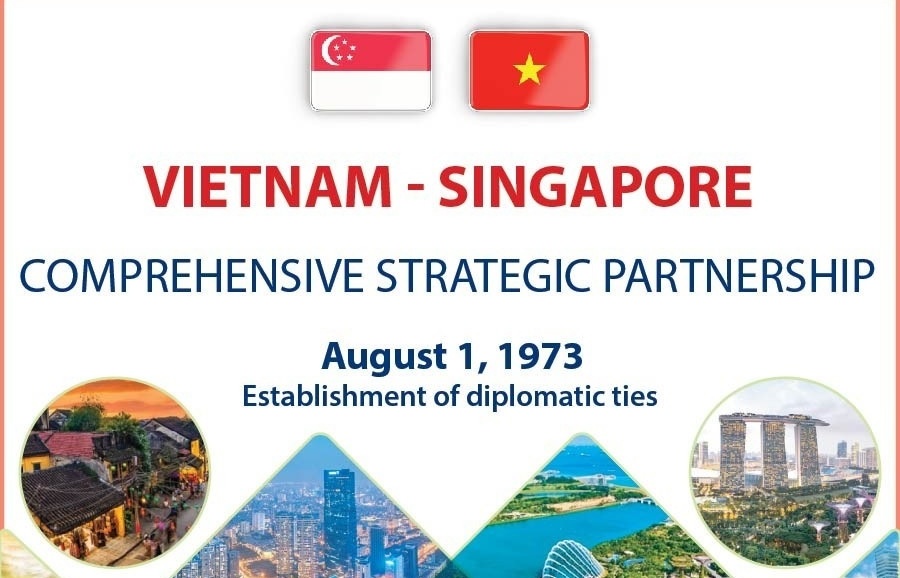Vietnam is gaining global market share, says HSBC
 |
In labour intensive manufacturing, items such as footwear and apparel are growing more rapidly, HSBC said.
The goal, of course, is to export to richer economies, especially the US, to improve the standard of living. Last year, Vietnam was the US’ 20th largest supplier of goods, totalling US$25 billion.
Vietnam’s exports to the US grew 23.5% from January to September 2014. The Trans-Pacific Partnership (TPP)’s ultimate prize is a free trade agreement (FTA) with the world’s largest economy, allowing better access for Vietnamese goods. Whether it is an agreement with the Eurozone FTA or the Regional Comprehensive Economic Partnership (RCEP), Vietnam is trying to improve connectivity so its goods can gain better access.
The November HSBC manufacturing PMI index shows that new export orders are increasing and output is expanding. Sluggish global demand is causing firms in developed economies to find ways to cut costs, pushing even small and medium enterprises to find cheaper alternatives.
Thanks to a steady disbursement of FDI and cheap wages, the employment sub-index of the PMI has grown steadily, a positive sign for a country with plenty of workers to productively absorb into the labour force.
However, beyond cost advantages, Vietnam will need to improve its trade infrastructure (logistic costs, roads and airports) and technical skills, to name a few examples, to move up the value chain, HSBC suggested.
What the stars mean:
★ Poor ★ ★ Promising ★★★ Good ★★★★ Very good ★★★★★ Exceptional
Latest News
More News
- Bank of China offers support for Vietnam to build international financial centres (March 21, 2025 | 14:23)
- Hungary to train 1,000 Vietnamese specialists for country's first nuclear plant (March 21, 2025 | 08:46)
- Securities firms raise capital in anticipation of market upgrade (March 20, 2025 | 13:35)
- Vietnam's F&B market undergoes transformation (March 18, 2025 | 14:38)
- Start date set for Binh Duong-Ho Chi Minh City metro construction (March 17, 2025 | 18:16)
- Ministry of Finance to encourage AI and semiconductor R&D (March 14, 2025 | 18:48)
- Trade minister speaks of harmonious trade relationship with the US (March 14, 2025 | 15:58)
- Vietnam’s ICT industry poised for strong growth (March 14, 2025 | 14:29)
- Singapore and Vietnam strengthen ties with new deal (March 14, 2025 | 14:24)
- Vietnam and EIB strengthen financial cooperation (March 13, 2025 | 18:38)




















 Mobile Version
Mobile Version